Skyline’s American Medical Student Association (AMSA) worked together with the Pacific Heights Child Development Center during the spring of 2009, to bring the kids a greater awareness of germs and microbes by doing an exercise to examine and identify bacteria on the kids’ hands.
To help give the kids learning tools that they could interact with physically, five members of the AMSA club provided each child with a petri dish (a cylindrical dish typically used to culture bacteria and other microorganisms) after which they were carefully supervised and instructed to plate their dirty hands on. After they made an imprint of one of their hands onto the dish, the students took the specimens and put them in an incubator for about 48 hours.
Then they took photographs of the impressions that were left on the Petri dishes and brought the pictures back to show the kids the kinds of microbial growths that will linger on their hands if they fail to wash them.
“It was about teaching the kids about hand washing techniques and the importance of washing their hands” said Angelina Molina, a current member of AMSA. “Telling them about how our hands have microbes on them, and that you can’t see them, but they’re there.”
The second approach that the AMSA members hoped the experiment would help identify was that by using three specimen groups (kids using antibacterial, kids using soap and water, and kids using neither) they could assess and help to determine weather the use of hand sanitizer is just as effective in cleaning our hands as is the tried and true method of soap and water.
The group of students performed the exercise a total of two times because the Pacific Heights Child Development Center has multiple sessions of kids that cycle throughout the day. This means that they went back to the child development center a total of four times in order to recap their results with the individual sessions of children that participated in the experiment. After discussing ideas for the types of community outreach events that the club may potentially want to pursue, the idea for the experiment came about, and they quickly adopted the responsibility of putting the idea into action.
This type of experience seems to be something that the AMSA club continues to offer it’s members- community involvement and the ability to execute experiments while still promoting a hands-on learning environment.
After being inactive for a two year time period, the AMSA club was brought back to life just last semester, Spring 2009, by Molina who at the time took the leadership role as club president.
“The AMSA Art Conference is what helped to spark starting the club” Molina explained. “I came back here with all the information they had given me, then I spoke to Nick Kapp, the club’s advisor from previous years. Then I talked to some pre-med students, got them to sign up, we had our first meeting, and that’s it.”
Formerly, the club was known as the Pre-med club, which limited the members to students who were interested in pursuing undergraduate studies at a medical school or looking to transfer to a University with an accredited program for med-students.
Today the club is not limited to pre-med majors, but encompasses all the medical careers, merging the club into the comprehensive American Medical Student Association (AMSA)/ Pre-Med Club.
One of their primary goals as a club is to “discuss some of the things that are going on in the medical and health care fields” said Matt Garza, the current AMSA club president. “Last semester we had a discussion over specific news articles and also practiced some ‘what if’ scenarios, like dealing with ethics when it comes to health practices. It turned out to be really helpful.”
Students are always welcome to check out the AMSA club meetings and new members are being accepted throughout the school year. The club already has a few big plans lined up for it’s members for the fall semester.
“We are trying to set up a panel session” said Garza. “We already have two interested members, one from UCSF and one from Stanford University.”
They also hope to do mock medical school interviews, as “they are very rigorous and can be good practice to see how you are presenting yourself” remarked Garza. “It’s not only good for medical students, but it’s good for any college interview.”
The club meetings are held every Friday at 2PM in room 6205. If you have additional questions or would like to be added to their email list for updates on meetings times and activities, email [email protected].



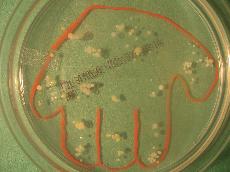
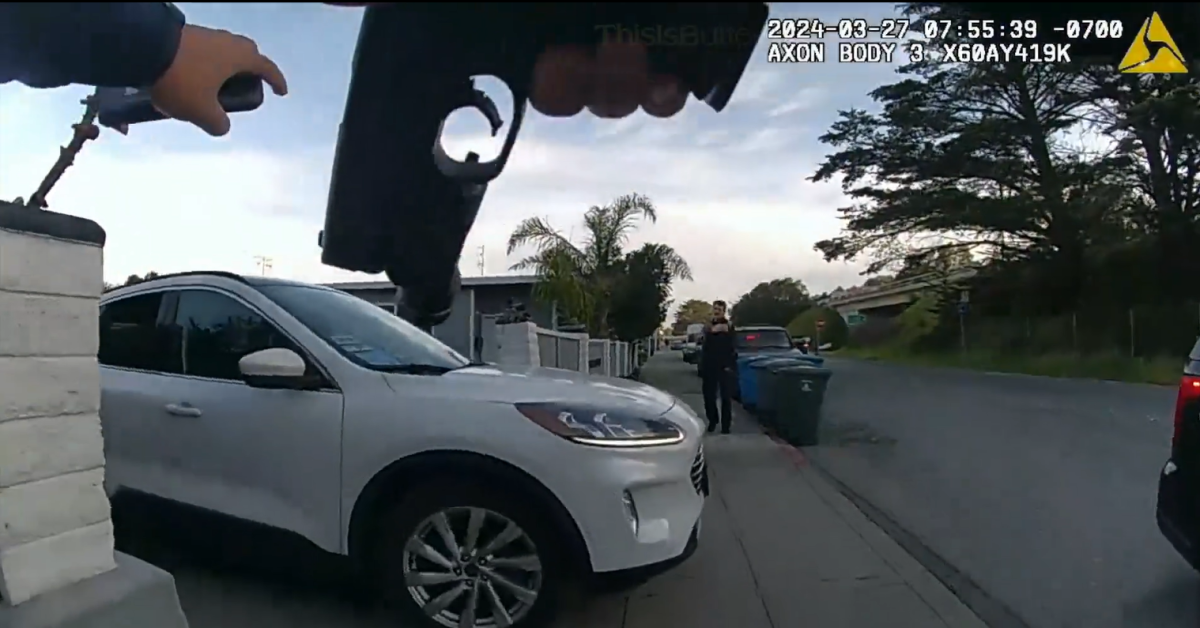
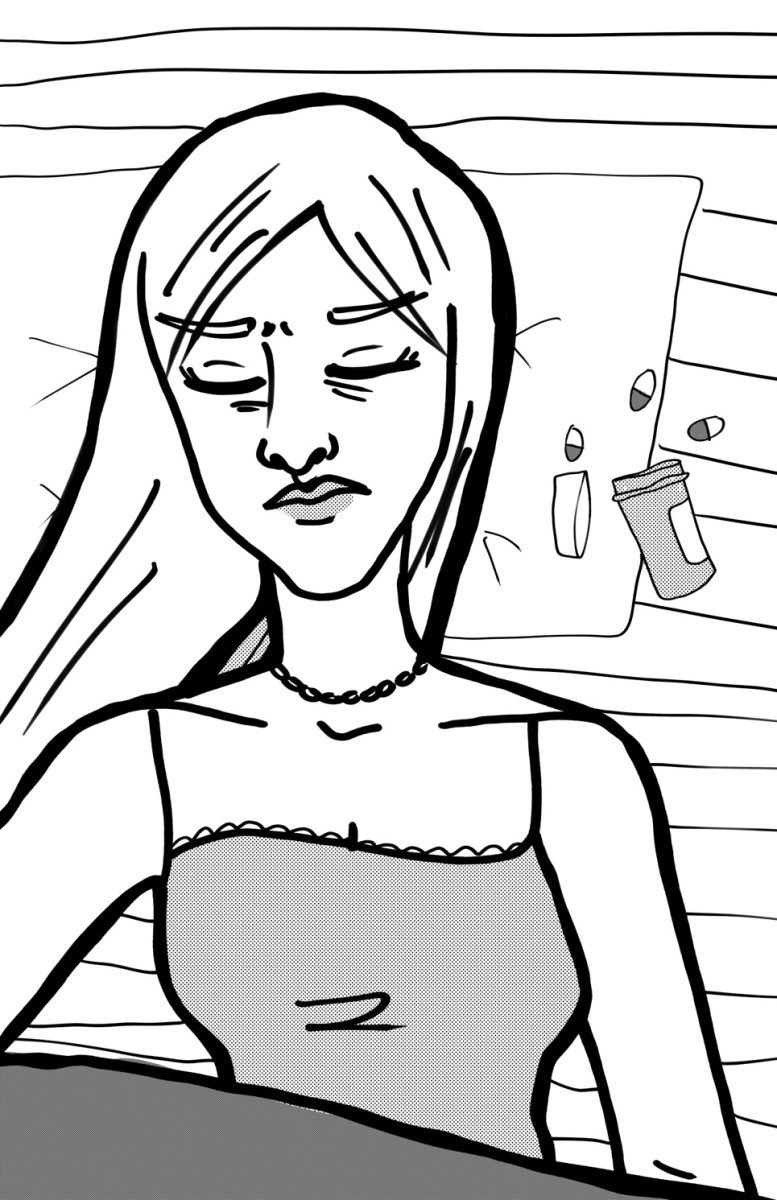
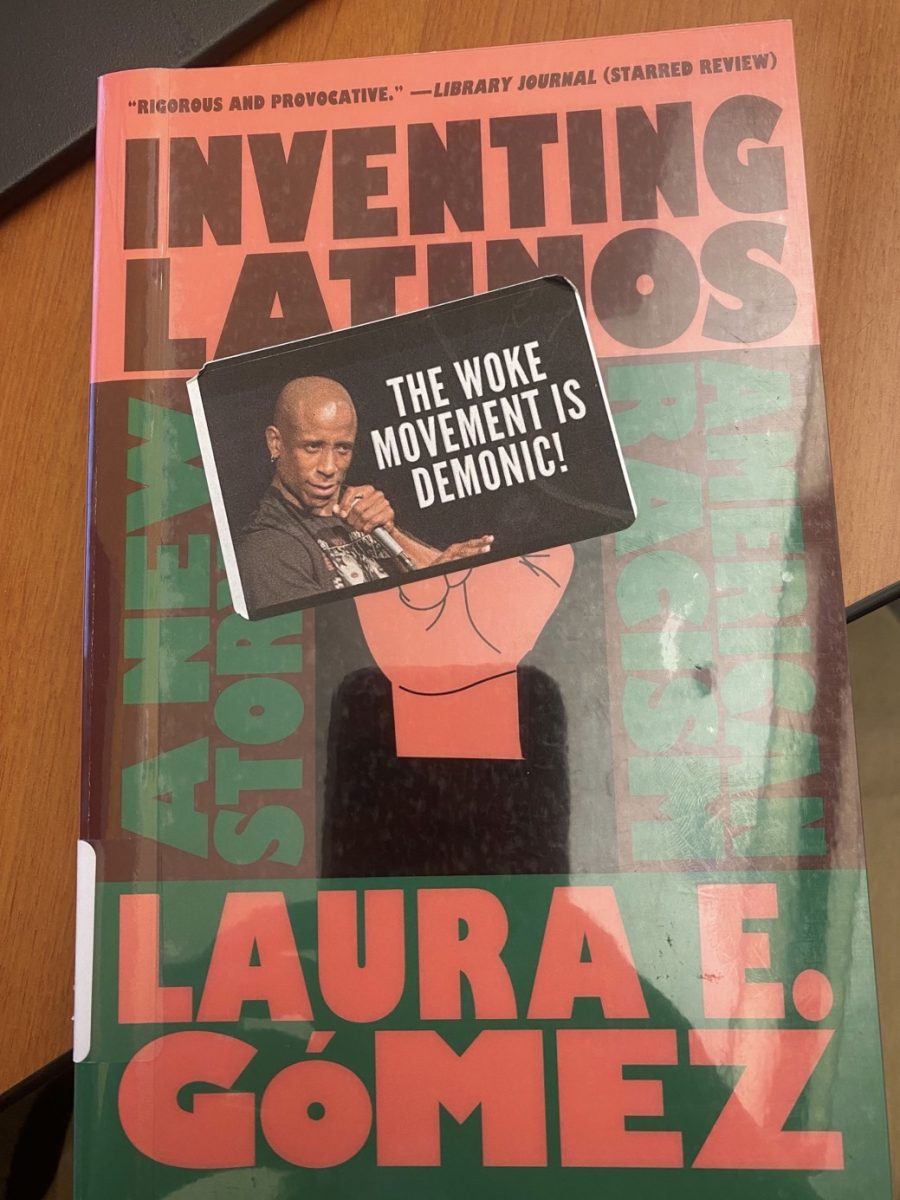
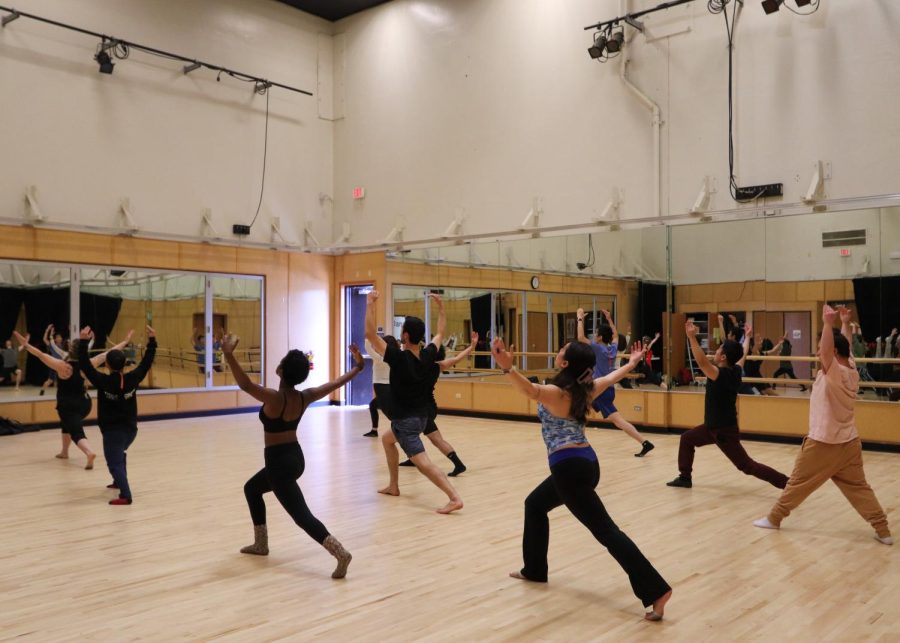
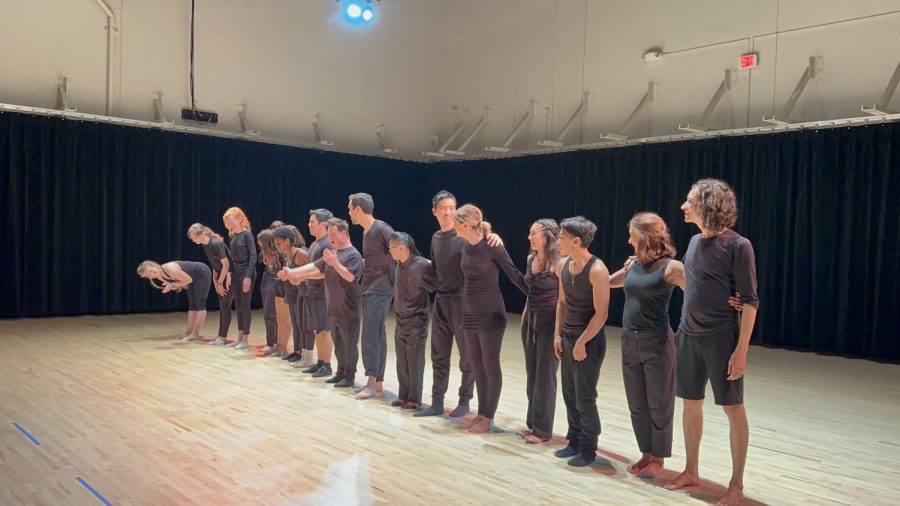
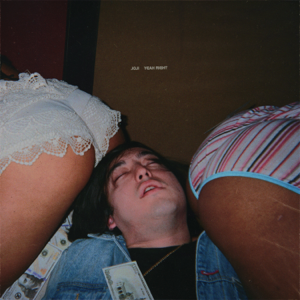
seo • May 1, 2013 at 2:49 pm
Hello Web Admin, I noticed that your On-Page SEO is is missing a few factors, for one you do not use all three H tags in your post, also I notice that you are not using bold or italics properly in your SEO optimization. On-Page SEO means more now than ever since the new Google update: Panda. No longer are backlinks and simply pinging or sending out a RSS feed the key to getting Google PageRank or Alexa Rankings, You now NEED On-Page SEO. So what is good On-Page SEO?First your keyword must appear in the title.Then it must appear in the URL.You have to optimize your keyword and make sure that it has a nice keyword density of 3-5% in your article with relevant LSI (Latent Semantic Indexing). Then you should spread all H1,H2,H3 tags in your article.Your Keyword should appear in your first paragraph and in the last sentence of the page. You should have relevant usage of Bold and italics of your keyword.There should be one internal link to a page on your blog and you should have one image with an alt tag that has your keyword….wait there’s even more Now what if i told you there was a simple WordPress plugin that does all the On-Page SEO, and automatically for you? That’s right AUTOMATICALLY, just watch this 4minute video for more information at. Seo Plugin